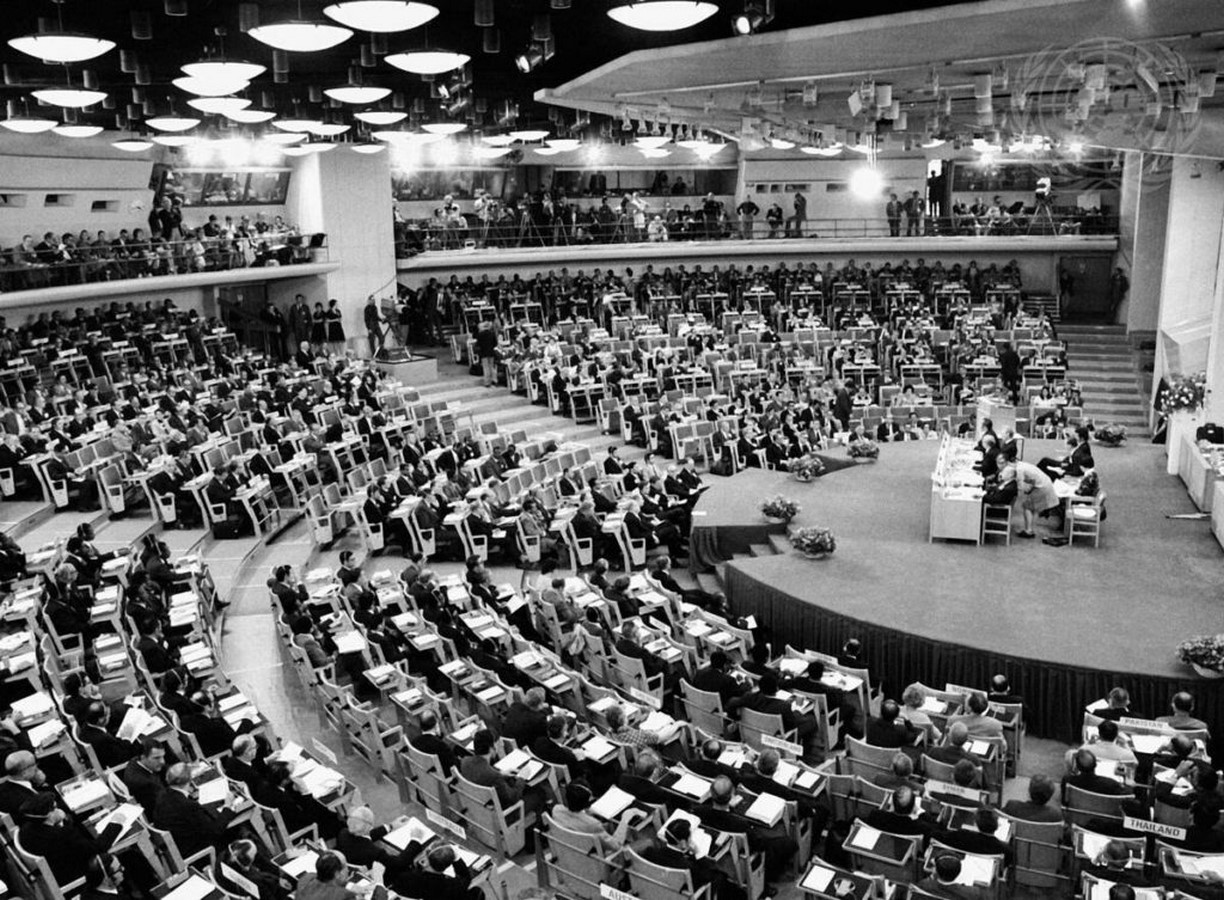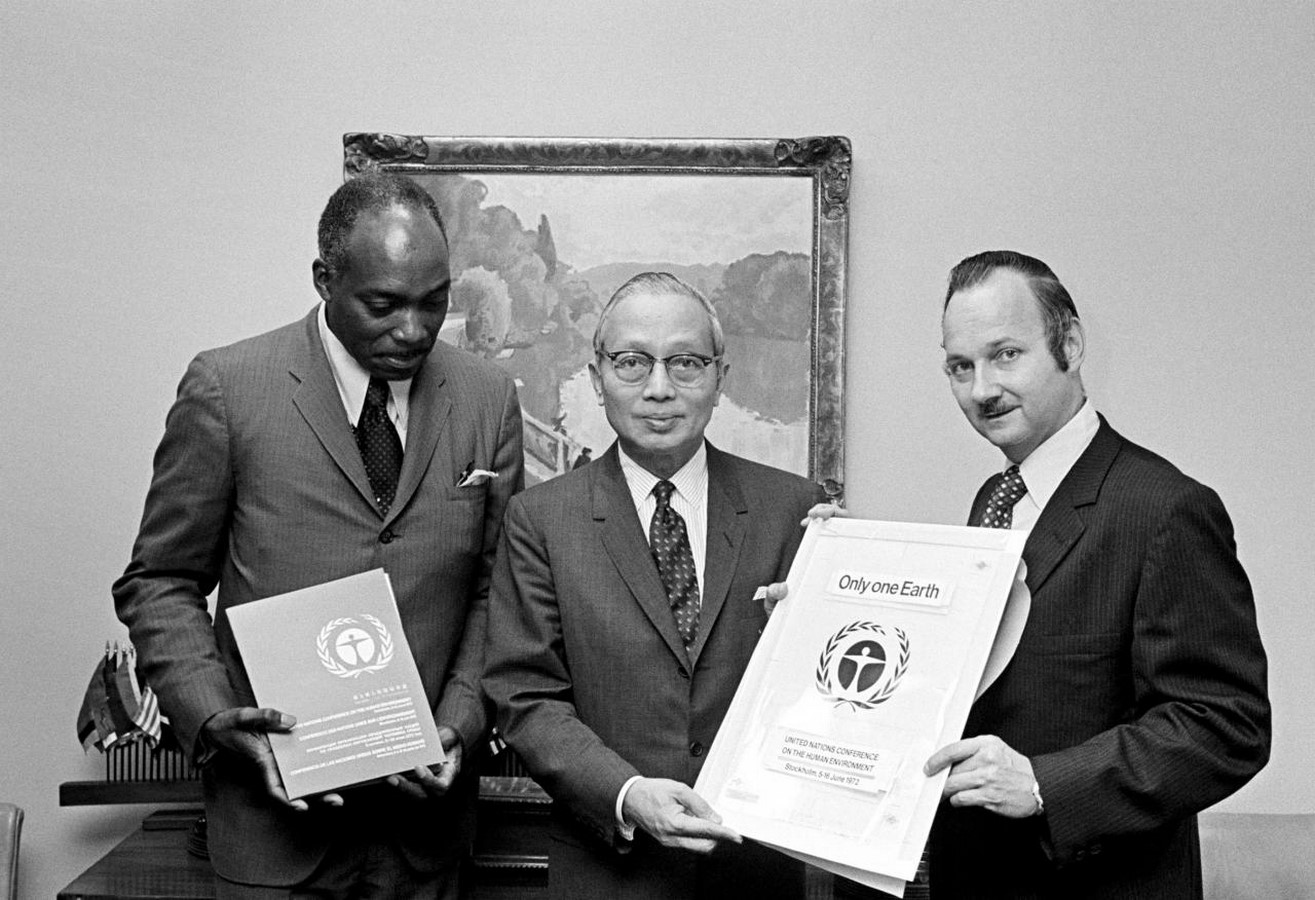The Stockholm conference is the pioneer for environmental awareness globally. A seed of sustainability and sustainable development was sown as an outcome of the conference. Today every discipline strives to reach the goal of sustainability across nations and sectors. The environment was proclaimed as a major issue at the Stockholm Conference held from 5th to 12th June 1972. The conference aimed to institute a conversation between developed and developing nations channelling economic growth, the health of air, water and land and the well-being of the people with the environment at the forefront.
Officials and ambassadors from a hundred and thirteen countries participated along with representatives of the United Nations and other intergovernmental advisors. Since the Stockholm conference of 1972, eleven similar conferences were held to assess the progress and management of the environment across nations. 50 years later on the 2nd and 3rd June 2022, another international conference was held in Stockholm to evaluate the progress and renew the recommendations suggested in the previous conference. This article comprises the inception and summary of the Stockholm Conference 1972. The formation of the United Nations Environmental Program (UNEP) was one of the significant outcomes of the conference.

Inception and Background | Stockholm Conference
The government of Sweden proposed to the general secretary of the United Nations to address the challenges of the Human Environment utilizing an international conference. This request posted on 20th May 1968 explained the urgency to attend to rapid changes in the environment due to human activities. The Swedish government also proposed to host such an international conference under the patronage of the United Nations. In response to this request, the Economic and Social Council prepared a report titled ‘The problems of the Human Environment that included the nature, scope and progress of work in the field of the human environment. This report was accepted by the general secretary at the twenty-third General Assembly meeting in 1969. During the next two years, four preparatory committees were held to agree upon the preamble and principles of a declaration on the human environment. Finally, it was agreed on 10th March 1972, to forward the draft to all the member nations of the United Nations and the international conference to be held between 5th to 12th June 1972 was decided. The conference drew up many governments and non-government institutions’ documents and 86 national reports on environmental challenges. Six working groups were established at the conference: (1) planning and management of human settlements for environmental quality; (2) educational, informational, social and cultural aspects of environmental quality; (3) environmental aspects of natural resources management; (4) development and environment; (5) identification and control of pollutants of broad international significance and (6) international organizational implications of action proposals.

Post-conference, the working group published a report consisting of a preamble and twenty-six principles along with 109 recommendations from member nations on environmental action at the international level. This report brought awareness and a sense of urgency globally to attain the degrading environment. 5th June was chosen as the “World Environment Day” drawing approval and satisfaction of the conference.

Summary and Outcomes of the Conference
The report of the Stockholm Conference 1972 is divided into three parts. The first part comprises the action plan undertaken for improving the human environment. The preamble and twenty-six principles are established as a base to preserve and enhance the human environment across nations. Following are 109 recommendations on the human environment that could work in different geographies. These recommendations are detailed with their subcategories and confer suggestions at design, management, assessment and policy levels. The recommendations are followed by the action plan that ensures institutional and financial arrangements for the implementation of programs. In this section, various authorities that would be responsible for overviewing the action plans at regular intervals are mentioned. Next is the list of resolutions adopted by the conference. For Example, the declaration of World Environment Day and the Nuclear weapons test.
The second part imparts information about the inception and background of the conference. The third and the final part of the report comprises the proceedings of the conference that involves the list of member nations, the opening of the conference, the agenda and rules and procedures governing the events of the conference. Next, a summary of the debate is reported where the future aspirations related to the human environment are noted. In the final section, working groups are notified nationally and internationally followed by action reports of these working committees. The four committee report that follows presents the views and progress of member nations in terms of their nations’ development in the human environment.
More recently, Stockholm+50 was established to celebrate 50 years to the launch of this international conference on human environment. Since then, conferences around the world have focused on various aspects of human life and ecosystems with the environment as a forefront challenge. The recommendations and principles of the “Stockholm Declaration” is still a benchmark for many nations. On the mark of its 50th anniversary of the original conference, Sweden hosted an International conference to advance transformation of society as a whole and address urgent international environmental issues.
References
- Online sources | Stockholm Conference
United Nations. (1972). Declaration of the United Nations Conference on the Human Environment. [online]. Available at: https://legal.un.org/avl/pdf/ha/dunche/dunche_ph_e.pdf [Accessed date: 30/08/2022].
United Nations. (1974). Conferences | Environment and sustainable development. [online]. Available at: https://www.un.org/en/conferences/environment/stockholm1972 [Accessed date: 30/08/2022].
- Images/visual mediums
Nagata, Y. (1972). 1972: The start of China’s environmental journey. [Photograph].
Chen, T. (1971). Stockholm and the Birth of Environmental Diplomacy. [Photograph].
Anonynous. (1972). Stockholm Conference 1972. [Photograph].














